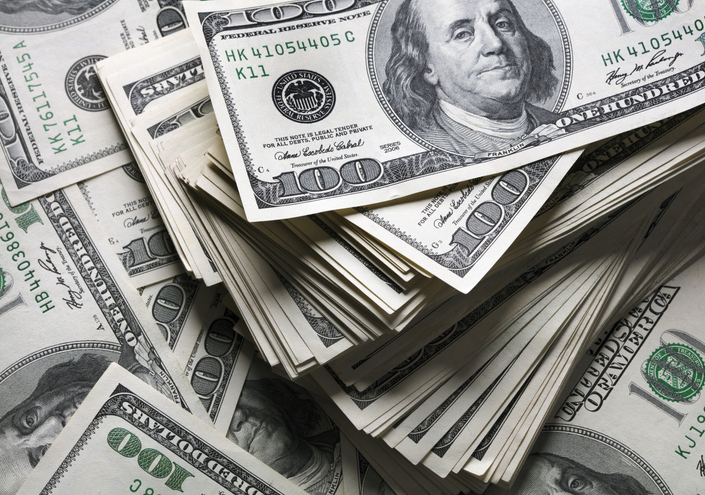On March 8, 2019, U.S. District Court Judge for the Northern District of California, Claudia Wilken, ruled that the NCAA’s student-athlete compensation limits “unreasonably restrain trade in violation of . . . the Sherman Act.” A group of former and current student-athletes, including plaintiff Shawne Alston, applauded Wilken’s decision but is requesting that the Ninth Circuit invalidate caps on all forms of compensation.
The NCAA appealed Wilken’s decision and is once again defending its student-athlete compensation rules before the U.S. Court of Appeals for the Ninth Circuit. The NCAA faced a similar situation with the O’Bannon ruling, in which Wilken ruled that student-athletes are entitled to receive compensation amounting to the full cost of attendance at their respective colleges/universities. In addition, the ruling provided that student-athletes may receive up to $5,000 in compensation for use of their name, image and likeness.
Upon appeal, the Ninth Circuit agreed with student-athletes receiving compensation for the full cost of attendance. However, the court rejected the $5,000 compensation for the use of an athlete’s name, image and likeness. That decision rested on the fact that the $5,000 compensation was not tethered to education-related costs. The college athletes in the Alston case requested Wilken lift the NCAA restrictions on paying athletes outright and allow each NCAA conference to determine student-athlete compensation. She refused to uncap all forms of compensation, instead, ruling that the NCAA cannot limit compensation or benefits “related to education.”
This language can be broadly construed to allow expenses such as school supplies, internship stipends, and more to be tied to the cost of obtaining education. Wilken’s ruling appears to be in line with the Ninth Circuit’s O’Bannon decision. The NCAA appealed to the Ninth Circuit, arguing that Wilken’s decision is indeed vague and could be costly to implement. The NCAA fears a rise in compensation costs because almost anything can be considered “other tangible items . . . related to the pursuit of academic studies.”
They argue that “[s]chools could offer . . . student-athletes tens or perhaps hundreds of thousands of dollars’ worth of high-end computers, musical instruments (whether or not the recipient was studying music), vehicles (to get to class), and other unnecessary or inordinately valuable items just because they are nominally ‘related to the pursuit of academic studies.’” In sum, the NCAA maintains its argument that eliminating the cap on certain forms of compensation will negatively affect consumer demand. In their reply brief to the Ninth Circuit, the plaintiffs point out that, since O’Bannon, schools provide student-athletes with cash payments “above-cost-of-attendance. . . .” Some student-athletes received payments for “legal expenses, iPads, groceries, parking tickets, clothing, travel expenses for athletes and their families,” etc.
In addition, they provided [redacted] statistical data showing that, since these forms of compensation were implemented, there has not been a decrease in revenue for the NCAA and its affiliates. Since the United States Supreme Court’s ruling in NCAA v. Board of Regents of University of Oklahoma, 468 U.S. 85 (1984), the NCAA has operated with wide latitude in promulgating rules and regulations concerning student-athlete amateurism and compensation. The crux of the NCAA argument alleges that the district court’s ruling limits the NCAA from setting compensation boundaries on “permissible compensation” and interferes with their ability to maintain traditional amateurism in college athletics.
However, the plaintiff student-athletes argue that they are not adequately compensated for the athletic service they provide to the schools. The NCAA makes a strong case for retaining its independent authority to preserve college athletics as amateur sports. The student-athlete plaintiffs, though, make a compelling case that the current compensation rules violate antitrust laws as a restraint of trade, and that releasing caps or limits on all forms of compensation will enhance consumerism and revenue. While this case made its way through the judiciary, multiple states have introduced or passed laws regarding student-athlete compensation for their name, image and likeness. While the NCAA is defending itself through the federal judiciary and various state legislators, the Alston student-athletes seek a big win from the Ninth Circuit. We will continue to monitor this case.

